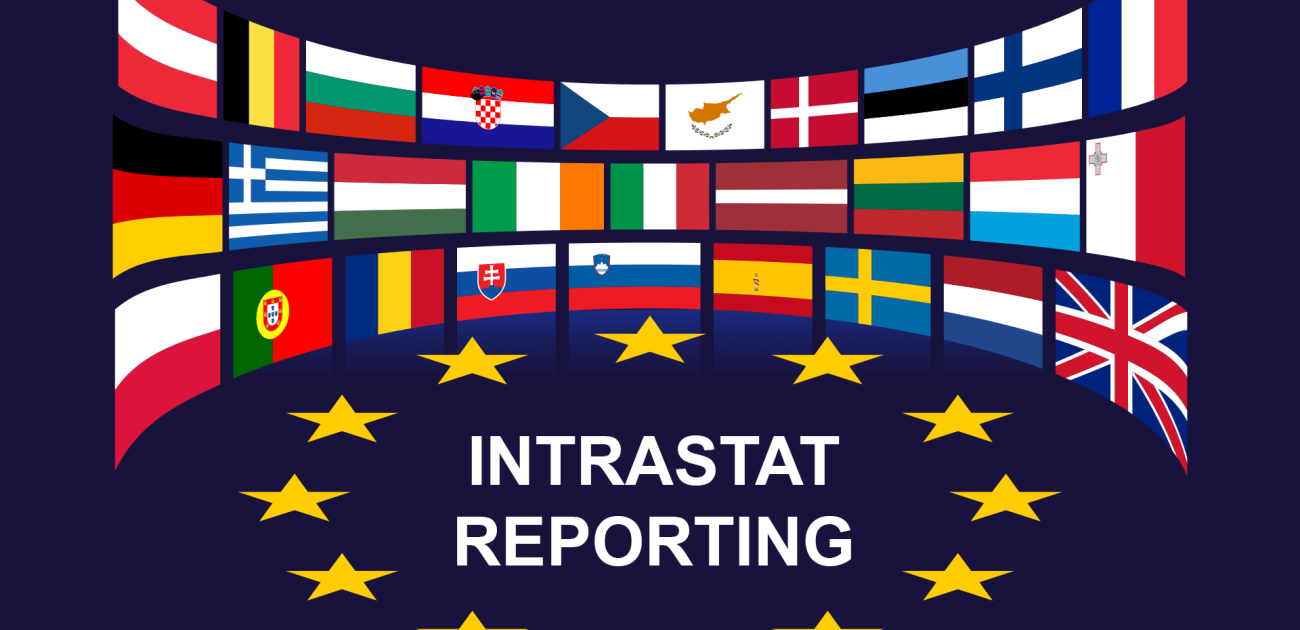New Rules for Intra-EU Sales From 01 January 2020
With effect from January 1, 2020, sales between intra-EU companies will have new rules to accomplish the law.
In the context of intra-community operations, Article 41, paragraph 1, Legislative Decree 331/1993 establishes that intra-community transfers are non-taxable transactions as VAT is applied to the system of "destined taxation" in the country of the EU country of destination of goods.
For the purposes of tax exemption of the operation it is necessary that:
- both parties involved in the transaction are VAT payers;
- the transaction is burdensome and involves the transfer of ownership of the assets;
- there is a physical transfer of the goods from the territory of the State to the territory of another EU country.
According to this last requirement, Directive 2006/112 / EC and Community jurisprudence left the national legislator with the burden of regulating which valid proofs should be presented to prove the actual physical transfer of the goods to another State EU.
In this context, the new EU Implementing Regulation 2018/1912, which will apply from 01.01.2020 in all Member States, has introduced in the EU Regulation 282/2011 article 45-bis, concerning precisely the exemption regime connected to intra-EU operations.
The new article 45-bis establishes, in order to apply the "exemption" from the tax for intra-EU sales, which proof must be used to assume that the goods are transported or shipped by the territory of a Member State to a destination outside its territory but in the EU. The article also distinguish the case in which the transport is carried out directly by the seller or by a third party on his behalf from the case in which the transport is carried out by the buyer (or by a third party on his behalf).
In particular, in paragraph 3 of Article 45-bis there are two distinct groups of proof, accepted as evidence of shipment or transport.
Evidence referred to in letter a):
- document or a CMR letter bearing the signature (it is believed that reference is made to the signature of the transporter who took charge of the goods);
- bill of loading;
- air freight bill;
- invoice issued by the shipper.
Evidence referred to in letter b):
- insurance policy for the shipment or transport of goods or bank documents certifying the payment of the shipment or transport of the goods;
- official documents issued by a public authority, such as a notary, which confirm the arrival of the goods in the Member State of destination;
- receipt issued by a depositary in the Member State of destination confirming the deposit of the assets in that member state.
1. The goods are shipped or transported by the seller or by a third party on his behalf
In order to prove the physical transfer of the goods the seller must be in possession:
- of at least two evidence referred to in group (a) issued by two different parties independent eachother, or alternatively;
- of any of the evidence referred to in group (a) in combination with any of the evidence referred to in group (b) which confirm the shipment or transport, issued by two different parties independent eachother.
2. The goods are shipped or transported by the buyer or by a third party on his behalf
It’s necessary first of all that a declaration issued by the transferee in which the buyer certifies that the goods have arrived in the destination country.
This declaration must include:
- the release date;
- the name and address of the buyer;
- the quantity and nature of the goods;
- the date and place of arrival;
- in the case of transfer of means of transport, the identification number of the means of transport;
- the identification of the person who accepts the goods on behalf of the buyer.
This declaration, which must be provided to the seller within the tenth day of the following month of the sale, constitutes a necessary but not sufficient proof, the seller must have, in addition to the described declaration, also:
- of at least two of the evidence referred to in group (a), issued by two different parties independent eachother, or alternatively;
- of any of the evidence referred to in group (a) in combination with any of the evidence referred to in group (b) which confirm the shipment or transport, issued by two different parties independent eachother.
Do you want more information?
 Federico Rossi
Federico RossiFederico Rossi has been focused on tax and administrative matters mainly about commercial companies, automotive, real estate and metal processing clients, Mr. Rossi has also focused in individual repatriation fiscal benefit.

